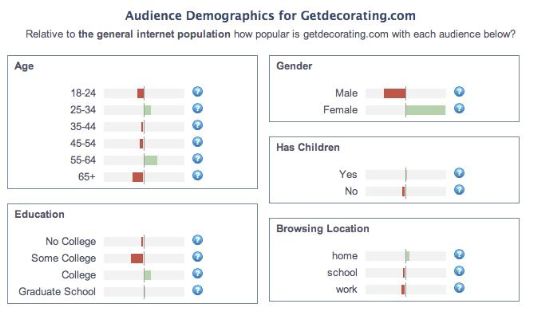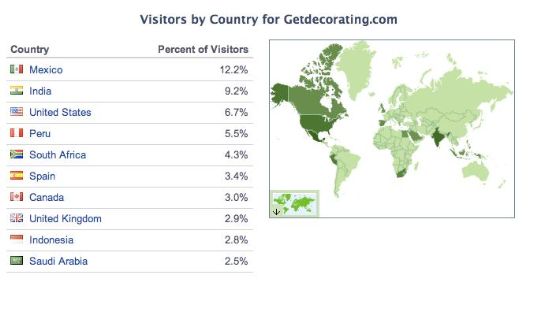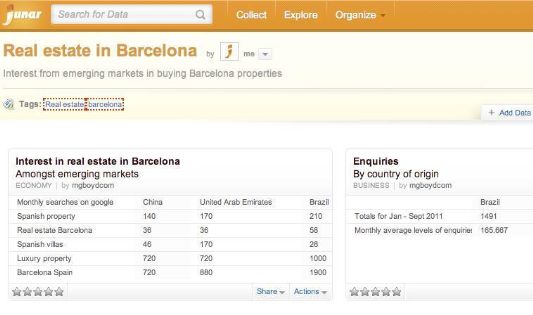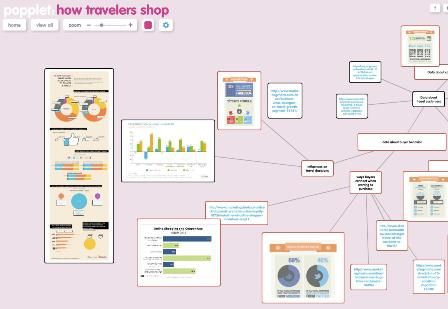Defining market segments to help your business in development
Throughout 2011, experts in marketing circles have been urging small businesses to recognise the changing nature of consumer buying behaviour. Whether your customers are other businesses or end consumers, 2011 has been the year that has drawn a line in the sand between how we used to buy products and services, and how we currently make our purchases.
Nowadays, as shoppers, we do 70% of our research about buying a product or hiring a service before our first contact with a potential supplier. As a result, it is crucial for all businesses to understand customers at a deeper and more accurate level. For businesses, this will give them insights into their customers’ real needs allowing them to better position their message and accurately focus their business offering.
If generating more sales leads is one of your business growth goals, you can use a range of free, online market research tools to better understand your audience. Let’s look at how you can cast a virtual net over the sea of data available to help you understand your market and better target your business opportunities.
1. Get Spanish statistics
National Institute of Statistics: http://www.ine.es/en/welcome_en.htm
The Spanish Government’s statistics agency INE has a bilingual website with ready access to data across a range of industry sectors. These sources are often updated monthly so you can get current, localized information about people,places and industries.
E.g.,if your business offers concierge services to travellers, you can get statistics on who travels to Barcelona, what country they come from, how much they spend, and their motivations for choosing this city as their travel destination
2. Understanding Global consumer trends
Trendwatching: trendwatching.com
Trendwatching, the website that termed the phrase “popup” to describe the temporary restaurant has a fascinating offering that examines global trends. Their newsletter is an easily digestible market research summary that can help guide your ideas about
how to position your business, how to create new products that match emerging trends, and how to better understand buyer behaviours and consumer interests.
3. Demographic tools
Alexa: www.alexa.com
You can learn a lot about your potential audience by seeing who reads the websites in your industry sector. By looking at some of the bigger companies in your industry, you can identify potential audience segments and make some educated guesses about who is responsible for making the buying decisions. I really like this site as it has a lot of information about how people find you or your competitors online and it also shows who links to them which can make for very interesting reading.
Demographic profiles can be a bit limited for smaller businesses that don’t have a lot of online visitors, but you can register for Alexa for free and over time they will start compiling demographic data for your website.

E.g.if you run an interior decorating business, you could look at the readership of getdecorating.com to see the average
reader profile. According to Alexa, 3.4% of this site’s readers are from Spain (around 340 visitors each day). Alexa has data about the gender, age, education level, and website content topics. You can use these demographic insights to improve how you pitch your business promotional messages to readers and buyers in your market.

4. Data sources management tool
Junar: www.junar.com
It is easy these days to drown yourself in data or bury yourself in spreadsheets. The Chilean-based startup Junar has a simple interface to help you manage your data sources. They recently introduced new graphing functions that also help you analyse your market research data. One of the best features of this online tool is that it can automatically turn any website with data into an organized spreadsheet. You can then select specific items in the spreadsheet and create a graph.

5. Data and information visualization tool
Popplet: www.popplet.com
When you have collected your market research data and information from a variety of sources, you will want to be able to lay it out in a way that draws all the components together.
Popplet is a fun visual aid and information mapping tool that can help you collate and connect your market research, so you can refine your business messages to particular audience segments. You can use popplets like a mind map to lay out all of your information. Seeing your information visually can help you make connections you may not have thought of, and the mix of using data and images can engage your left and right brain to deepen your insight.

The most important market research tool for your business growth
While all of these free tools can help you investigate your market and industry sector at a more accurate and useful depth, there is no escaping the most important tool of all: time. Try and allocate a couple of hours every week – or perhaps schedule a meeting-free day each month to give yourself time to carry out market research activities and get to know your audience better. Tools like Junar and Popplet make the process easy and more enjoyable, so start integrating market research into your operations so you can keep growing your customer base. Knowing your market is essential to keeping your business in development and growing your business to the needs of the consumer